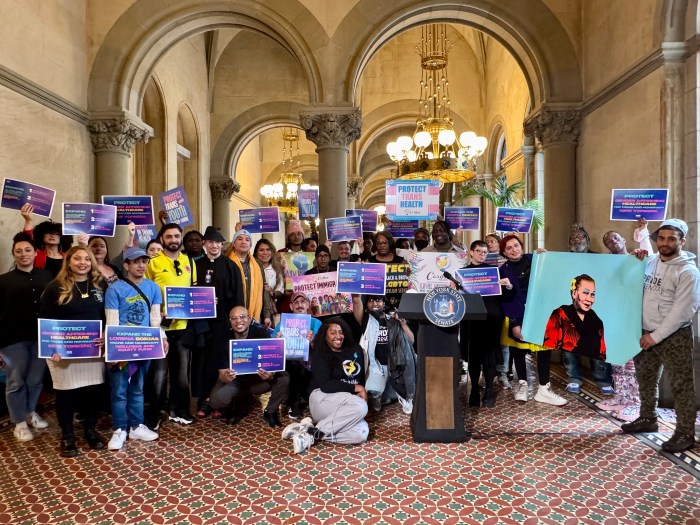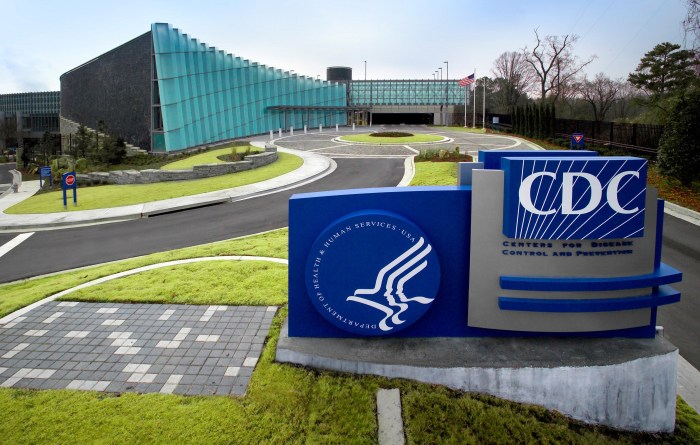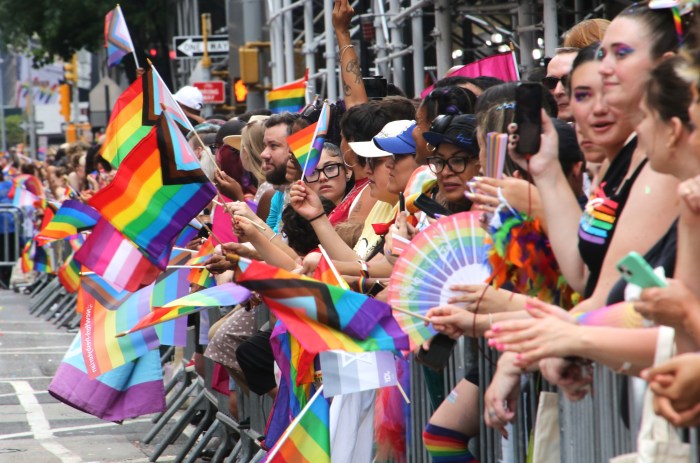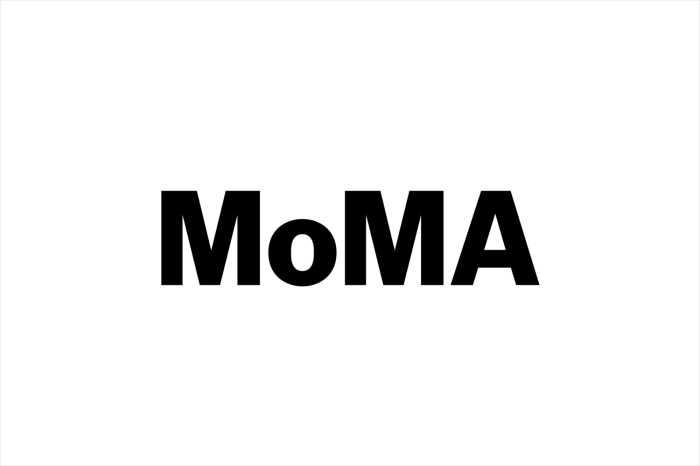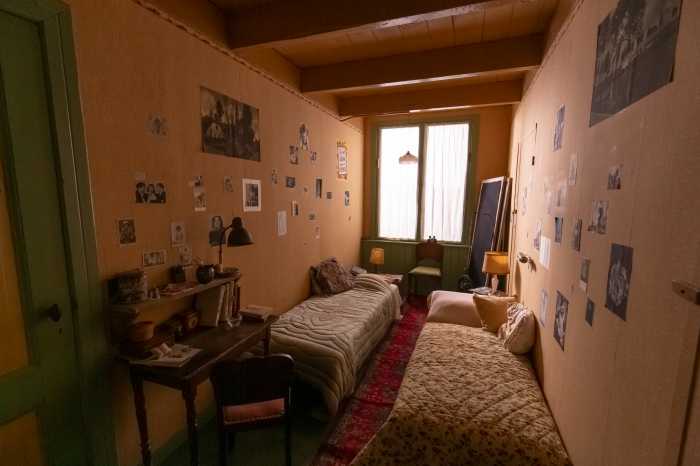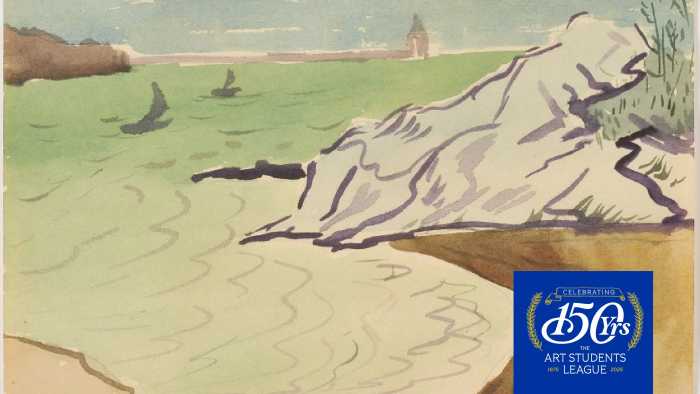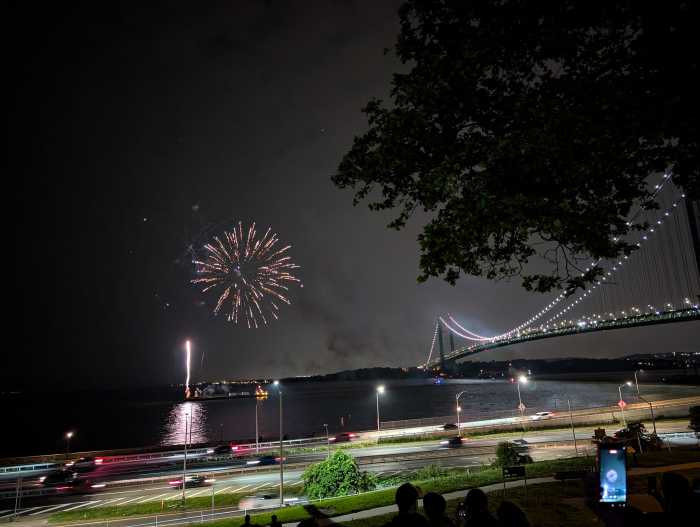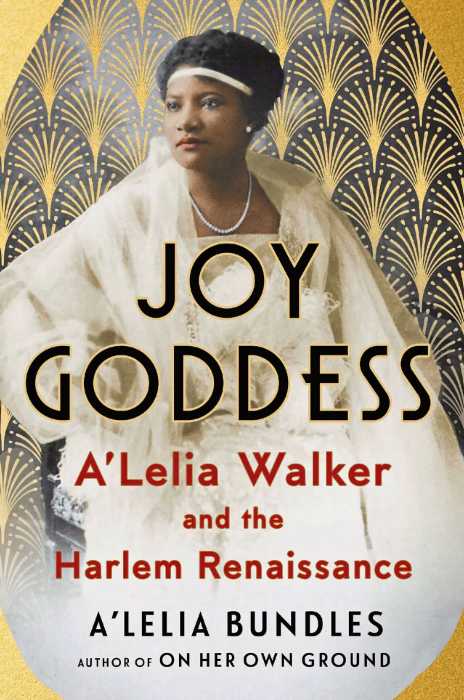On February 22 of this year, roughly 20 New York City AIDS groups gathered at the LGBT Community Center to discuss expected city and state cuts in AIDS funding.
“Some of you sitting here right now are going to see your state contracts cut,” said Soraya Elcock, who was the deputy director of policy and government affairs at Harlem United until 2010 and is now a consultant there.
The federal Centers for Disease Control and Prevention (CDC) has eliminated some $13 to $20 million in AIDS grants to the state, and those cuts will be passed to local groups, Elcock said.
The Bloomberg administration cut at least $8 million in HIV prevention funds over the past five years, while it says the City Council slashed another $11 million in such funding during the same period. There are further cuts in the proposed 2013 city budget for the fiscal year that begins on July 1.
Toward the end of the February forum, which was titled “Are We Ready to End AIDS?,” Gertrudes Pajaron, the director of development at the Asian & Pacific Islander Coalition on HIV/ AIDS (APICHA), spoke. Some groups would likely close and some of them “should” close, she said.
The cuts come as a city study of 510 gay and bisexual men interviewed at bars, parks, gyms, and other venues found high rates of drug and alcohol use with associated unsafe sex. While the high rates were among all races, one population that remains a serious concern is African-American gay and bisexual men. Advocates first raised concerns about increasing new HIV infections among young African-American gay men in 2007, and there is no evidence that this trend has abated.
In 2011, the CDC released a study that estimated HIV incidence, or the annual rate at which people are becoming infected, from 2006 to 2009 and found that a 21 percent increase in incidence among 13- to 29-year-olds was fueled by a 34 percent spike among young men who have sex with men (MSM). In that population, there was a 48 percent increase among young African-American gay and bisexual men.
“Among people aged 13-29, only MSM experienced significant increases in incidence, and among 13–29 year-old MSM, incidence increased significantly among young, black/ African-American MSM,” the authors wrote. New York was among the 16 states in the study.
While a number of AIDS groups in New York have programs that serve African-American gay and bisexual men, there is just one group –– Gay Men of African Descent (GMAD) –– that is dedicated to serving that population exclusively.
In 2010, the latest year for which a financial filing was available, GMAD had a $1.3 million budget. Of that amount, $1.1 million was from government grants, so any reduction in government funding is a significant hit. Relying largely on government dollars is not unusual for smaller AIDS groups. They cannot afford the fundraising needed to win private or foundation money nor can they build the infrastructure that will let them tap into more reliable government funding sources such as Medicaid, the government-run insurance program for the poor.
The risks of being small were evident in the 2008 collapse of People of Color in Crisis (POCC), a Brooklyn AIDS group that once won plaudits for its HIV prevention work. Gary English ran POCC for ten years beginning in March of 1997.
In 2003, the CDC said POCC’s Many Men, Many Voices was a model for proving the effectiveness of HIV prevention programs. The praise came in a conference call with reporters announcing $49 million in HIV prevention grants.
Starting in 2002, POCC produced Pride in the City, an annual black gay pride event that drew thousands to a picnic in Fort Greene Park, various entertainment events, and a day at Riis Beach. Health and HIV testing was always a major component of the events. The last Pride in the City was in 2007.
“No one would show up if we simply held a health fair,” English told Gay City News in 2003. “But combine the screening with a major social event, and you get turnout.”
English was among the founders of the Black Gay Research Group (BGRG), an organization of academics and epidemiologists who produce science and scholarly work on black gay men. In 2003, POCC was a co-sponsor of the first Black Gay Research Summit.
In 2005, the latest year for which a financial filing is available, POCC had a $2.3 million budget, and $2.1 million came from government grants. When English left in 2007, Michael Roberson took over. He went on a shopping spree with POCC’s money, according to a federal audit that investigated the agency’s finances.
The audit concluded that from July 1, 2007 through June 30, 2008, Roberson spent just under $80,000 on personal travel, hotels, dining out, clothes, gym memberships, and cash transfers to friends. Of that, nearly $50,000 was federal money. He was fired on July 30, 2008.
POCC had already been struggling financially after English left. The fiscal assistant who worked under English left four months after him, and her replacement was not trained. The audit found that POCC was not paying employees or its payroll taxes or maintaining its books. Government agencies simply turned off the money. POCC closed its doors.
Roberson did not respond to a message sent via his Facebook page. Former POCC board members also did not respond to calls and emails.
“There’s no more Black Pride,” English said. “That was a great opportunity to get hundreds of men tested and other agencies used that to do outreach.”
Dr. Sheldon D. Fields, assistant dean for clinical affairs and health policy at Florida International University and a BGRG board member, said the closing reflects the value placed on black gay men.
“I think the closure of not only that agency but a few others that were specifically focused on gay men of color shows the lack of support for the infrastructure that is necessary to facilitate a targeted and effective HIV prevention strategy into these high-risk communities,” he said. “Black men, in general, don’t matter in society. In society, gay men don’t matter, so black gay men really don’t matter. They’re expendable.”
English, who now lives in Atlanta, remains angry at how POCC was treated, and he noted that other non-profits that misused far more money were allowed to stay in business. In the current dire fiscal climate, he is not seeing the kind of fire in the belly that informed his ten years at POCC.
“That’s what the black gay community is missing in New York City, the advocacy,” he said. “People should be very alarmed that that piece is missing.”


